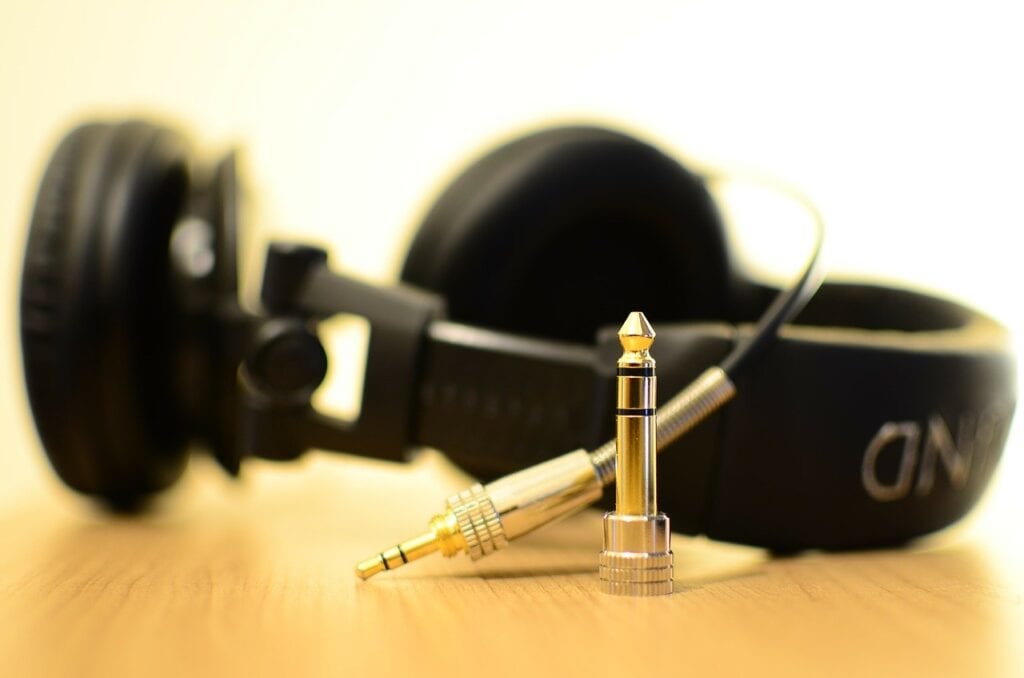by Danielle Bradshaw from In The Cloud Copy
A recently performed study has demonstrated that it is possible to use tablets to screen patients that have chronic lung conditions – like cystic fibrosis – for hearing loss. The results of the study bode well for the future of hearing loss screenings as it shows that tablet screenings could be a cheaper and more pragmatic option and can be performed without a supervising specialist.
Chronic Lung Disease and Hearing Loss
Something that many chronic lung diseases have in common is the fact that they can result in potentially deadly bacterial infections. One of these potentially deadly bacteria is known as gram-negative bacteria. Gram-negative bacteria are a type of bacteria that is highly resistant to many kinds of drugs and antibiotics and is often the culprit behind many chronic lung diseases (like cystic fibrosis, chronic obstructive pulmonary disease, and bronchiectasis).
While this hardy bacteria can still be combated with antimicrobial medication, the regimen can eventually result in ototoxicity or ear poisoning. Ototoxicity is what happens when the inner ear is damaged by large doses of specific medications and it ultimately results in balance issues and/or hearing loss. Ear poisoning is often caused by drugs used to treat cancers or infections, but damage can be minimized if it’s detected and treated early.
Why Tablet Testing Matters
Being able to detect ear poisoning on time is crucial to avoid hearing loss, but finding efficient methods to screen for it is difficult. An audiometry – or hearing test – being done in a sound booth is pricey, takes time, and can’t be properly administered without a professional audiologist. There’s also the matter that hearing booths aren’t a good choice to test large groups – especially in countries that can’t commit resources to such procedures.
Needless to say, hearing loss screening needs to become more convenient. The Royal Brompton and Harefield NHS Foundation Trust’s research team, which is located in the UK, decided to take on this task and assessed how precise tablet and online hearing testing could be. The tests didn’t need to be conducted by audiologists and could be performed as outpatient procedures.
The Study
126 participants were gathered by the researchers so that they could have tablet and web-based hearing screenings done. The web-based testing was done on a PC with regular earphones or headphones and measured frequencies at around 0.5 and 4 kilohertz. Afterward, the patients were given a tablet hearing screening with a testing official (who wasn’t an audiologist) with calibrated RadioEar DD450 headphones.
Both test results were then correlated to results found with an audiology clinic’s hearing booth and the two methods were found to have verified frequencies between .25 and 12kHz.
57 people out of the group (45%) had detectable loss of hearing when tested in the sound booth. Most of them were shown to have inner ear damage, known as sensorineural hearing loss. Outer and middle ear issues – conductive defects, seemed to be the problem for about 5% of the group and 9% of them have hearing loss due to a mixture of issues.
Ten people suffered hearing loss to the point where it affected their ability to recognize speech (0.5 to 4kHz) which means that it impacted their daily lives. While the patient’s age and how long they’d been on intravenous antimicrobials were linked to a higher chance of them losing their hearing, the team does mention that the older participants would be more likely to have been undergoing antimicrobial therapy for a longer period of time.
The tablet test results were compared to the findings from the hearing booth and it was found that the tablet test could accurately detect most hearing loss cases (high test sensitivity). Where the tablet test truly showed how accurate it was, though, was in its detection of no hearing loss (high test specificity).
While the web test was the better option to detect patients that actually had hearing loss, it didn’t have the sensitivity that the tablet tests did, and it was more inclined to show patients as not having hearing loss even when they did. The research team said that the tablet hearing screening was simple to use, had a sensitivity of 93%, had an 88% specification rate, and had a 94% rate of negative predictive value as opposed to the self web screenings or questionnaires which were shown to have low sensitivity.
Comparisons to the Questionnaire: Has Another Viable Hearing Test Been Found?
To put it succinctly, no. The questionnaire is called the Hearing Handicap Inventory for Adults and is a self-administered measurement of a patient’s hearing loss. To compound the questionnaire’s comparatively lacking results, patients enjoyed using the tablets more. The booth and online tests were also ranked as being a better experience for participants.
So – Is the Tablet-Based Test the Superior Choice?
Although this is the first study done that’s tested the viability of tablet hearing screenings, it’s already been calculated by the research team that using tablets to test CF patient hearing is a much cheaper option. The cost of testing about 500 patients with tablets as opposed to booths is roughly half – tablet testing would be about £40,000 ($51,432) whereas booth testing would cost about £80,000 ($102,864).
The research team states that the study demonstrates both the potential issues presented by antimicrobial drugs in patients with cystic fibrosis as well as information that proves that tablet hearing tests can be applied as highly accurate screening tools. They say that these tests can possibly be used as a means to detect ear poisoning before it causes too much damage.
Learn more about this here.







